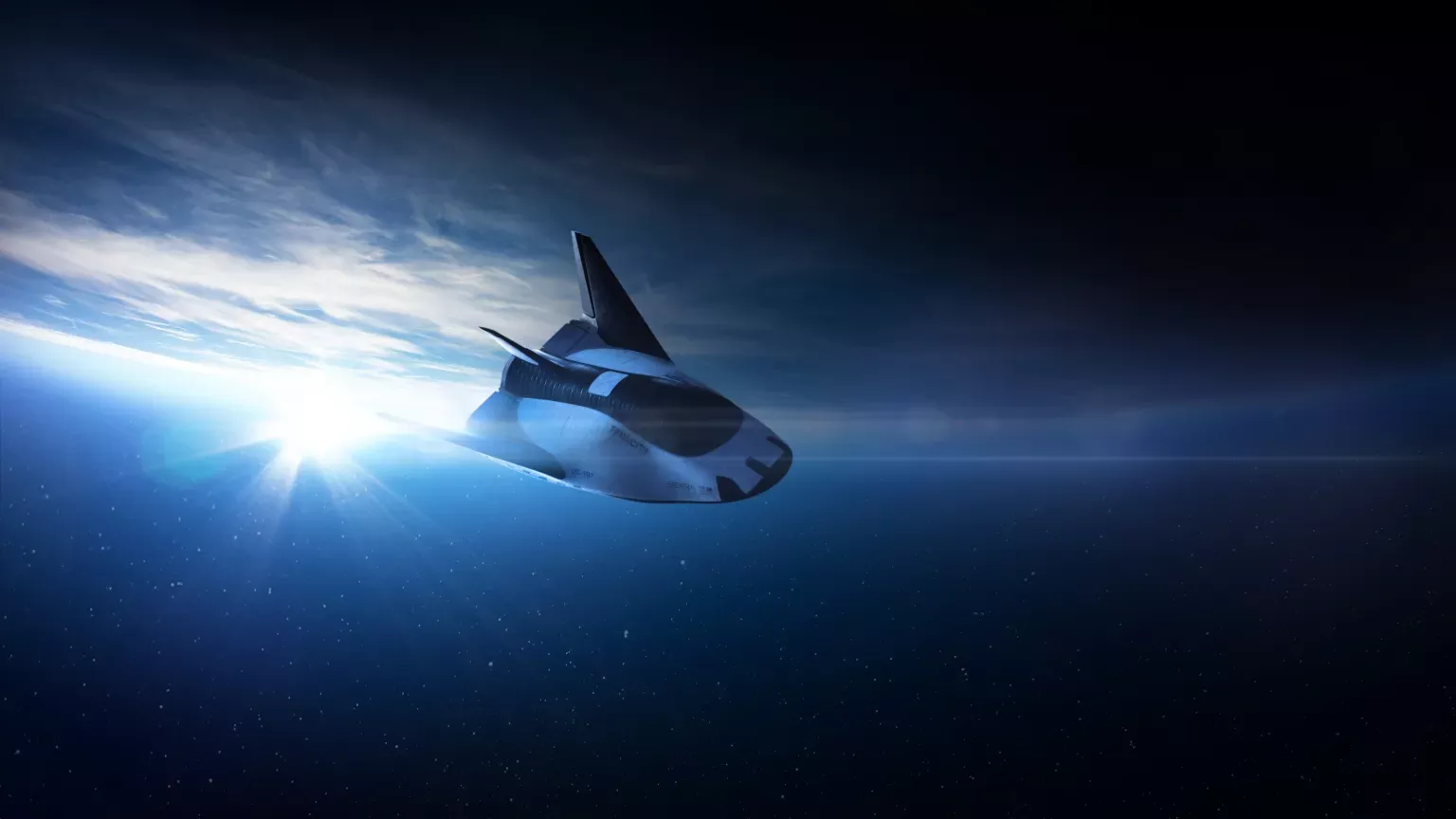
Dreamchaser
Credit: NASA
HOUSTON—NASA has offered a preview of Sierra Space’s reusable Dream Chaser resupply demonstration mission to the International Space Station (ISS), planned for 2024. Then known as Sierra Nevada Corp., Sierra Space and the winged Dream Chaser joined SpaceX’s Cargo Dragon and Northrop Grumman’s Cygnus...
Subscription Required
NASA Previews Planned 2024 Sierra Space Dream Chaser Mission Debut is published in Aerospace Daily & Defense Report, an Aviation Week Intelligence Network (AWIN) Market Briefing and is included with your AWIN membership.
Already a member of AWIN or subscribe to Aerospace Daily & Defense Report through your company? Login with your existing email and password.
Not a member? Learn how you can access the market intelligence and data you need to stay abreast of what's happening in the aerospace and defense community.





